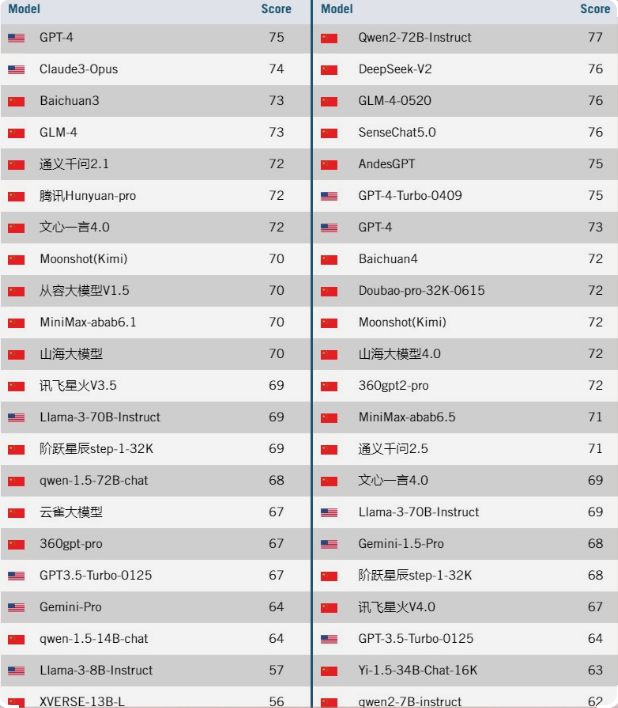The U.S. Information Technology and Innovation Foundation (ITIF) released a report to provide an in-depth analysis of the current state of innovation in the field of artificial intelligence in China and compare it with the United States. The report covers China's AI scientific research output, talent training, technical strength, investment environment, open source ecology and other aspects, providing a new perspective on the global AI competition landscape. In the report, China's outstanding performance in the number of AI research papers, number of patents, and generative AI innovation demonstrates China's strong strength in this field that cannot be ignored.
ITIF, a non-profit technology think tank in the United States, recently released an in-depth investigation report titled "How innovative is China in the field of AI?", which comprehensively assesses China's development status in the field of artificial intelligence and compares it with the United States. This report is like a report card in China’s AI field, demonstrating China’s strength from multiple dimensions.
The report points out that China has become the global leader in AI research publications and is on par with the United States in the field of generative AI. China ranks first in the world in terms of the number of papers on generative AI innovation, and the number of patents is also leading by a cliff. In terms of talent cultivation, Tsinghua University is considered a hotbed for China’s leading AI startups. China not only leads the way in cultivating top AI talents, but also excellent researchers tend to stay at home for development, injecting continued impetus into the local AI industry.

In terms of technical strength, China's large models are rapidly narrowing the performance gap with the United States. On the Chinese comprehensive benchmark testing platform, the Chinese open source model performed well and was in a leading position. Although there is a gap between the investment environment and the United States, and the number of AI investments by private companies in China is less than that in the United States, foreign investment is growing. It is worth noting that state-guided capital funds and financial assistance have provided strong support to private enterprises and promoted the vigorous development of China's AI industry.
The rapid development of China's open source large model ecosystem is particularly eye-catching, showing strong innovation vitality. ITIF believes that China is the only country that can challenge the United States’ dominance in the field of generative AI. The report bluntly stated that China has a large number of innovative scientific research institutions, and it is only a matter of time before it catches up with the United States.
Faced with the rapid growth of China’s AI capabilities, ITIF recommends that U.S. policymakers should formulate and fund a national AI strategy rather than simply contain China. This report undoubtedly provides a new perspective on the global AI competition landscape. It also paints a clear picture of the development trends in the AI field between China and the United States, revealing China's comprehensive progress and huge potential in the AI field.
Report address: https://itif.org/publications/2024/08/26/how-innovative-is-china-in-ai/
All in all, ITIF's report objectively assesses the rapid development of AI in China and puts forward suggestions for win-win cooperation between China and the United States in the field of AI. This report not only has important reference value for the development of China's AI industry, but also provides important inspiration for the future development of the global AI field.